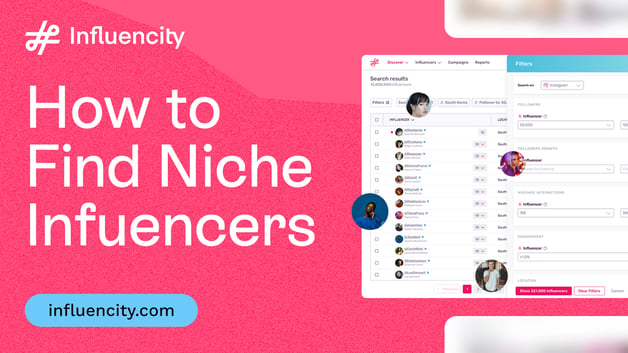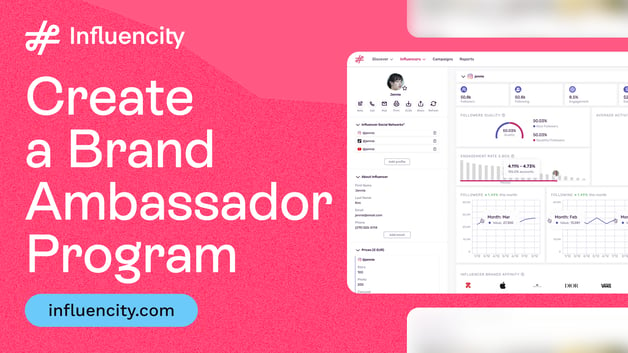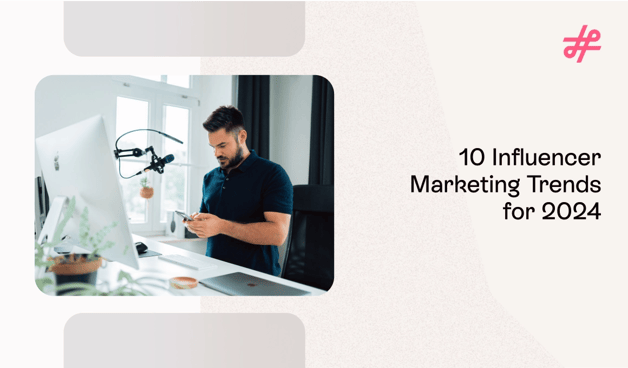Influencer Marketing
Dunkin’s Influencer Campaigns: What Brands Can Learn from its Strategies
Influencer Marketing
How did a 70-year-old donut chain become the brand Gen Z waits in line to photograph?
When Dunkin' dropped "Donuts" from its name in 2018, few predicted that teenagers would be rushing to stores for "The Charli" within two years. Or that their TikTok feeds would be filled with pink-and-orange cups. This remarkable transformation wasn't luck. It was a calculated influencer campaign strategy at work.
From launching viral drinks to building long-term creator partnerships, Dunkin' consistently nails what many brands are still trying to figure out: how to create content that people care about and want to share.
Grab your coffee and notepad. We're about to dissect the Dunkin' influencer campaign method that turned a breakfast stop into a cultural powerhouse, with takeaways you can steal for your next campaign.
How Dunkin Wins with Influencer Marketing
From One-Offs to Long-Term Relationships
Many brands run influencer campaigns like ads: one-and-done, with a single post and no follow-up.
Dunkin’ takes a different approach. They focus on relationships.
The most famous example is Charli D’Amelio. In 2020, the TikTok star mentioned her go-to Dunkin’ drink, cold brew with whole milk and caramel swirl. Dunkin’ didn’t just thank her. They leaned in.
They launched “The Charli,” a custom cold brew named after her order. That drink became a sensation.
On launch day, Dunkin’ saw a 57% increase in app downloads, and cold brew sales jumped 45% by day two. Over 100,000 drinks were sold in the first five days alone.

The partnership didn’t stop there. They released merch. Ran follow-up campaigns. Made Charli part of the brand’s identity on TikTok.
This wasn’t about renting her audience. It was about co-creating something fun and making it feel real.
The Strategy Behind Viral Moments
Nothing about Charli D'Amelio's Dunkin' partnership happened by accident. Long before millions of teens started posting TikToks with their cold brews, Dunkin' had spotted something. Charli was already posting about their drinks without being paid. They simply formalized what her audience already knew to be true.
@dunkin That's right. It's THE CHARLI. WITH SWEET COLD FOAM! 🔥🔥 @charlidamelio #CharliDunkinRemix ♬ original sound - Dunkin'
The genius move? Dunkin' never forced awkward hashtag challenges or scripted content. Instead, they gave Charli her own menu item and let the magic happen.
Cross-Platform Execution That Feels Native
Nobody at Dunkin' got the memo about "consistent brand voice." Thank goodness.
Scroll their TikTok and you'll find baristas attempting dance trends with varying degrees of success, often filmed on phones during slow afternoon shifts. Flip to Instagram, and it's all professional lighting and strategic product placement that would make a design student jealous. The contrast isn't accidental.
@didi_cortes working w your sibling can be fun 😂 @jc4337 #fyp #dunkin #dance #foryou #viral #foru #fastfood #xyzbca ♬ Se Acabó la Cuarentena - Jowell & Randy & Kiko el Crazy
Youtube features longer-form content where creators practically film mini-documentaries about menu hacks, while their Twitter throws shade at competitors with the casual snark of a millennial who's had too much caffeine.
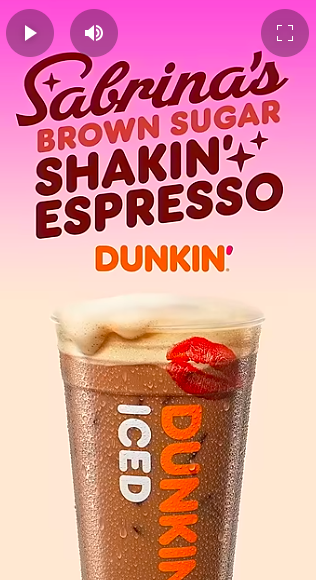
Each Dunkin' channel speaks the native language of its platform. They don't force-feed identical content across their social ecosystem because real people don't behave that way either. When's the last time you posted the exact same content on LinkedIn that you shared with your close friends?
This isn't just random. Dunkin' recognized that audiences hate when brands use Instagram like Facebook or TikTok like a TV commercial. By respecting the unwritten rules of each platform, they've built communities that don't feel marketed to. They feel included.
How Dunkin’s Influencer Campaigns Dominate on TikTok and Social Media
Influencer-Led Content Comes First
Dunkin’ doesn’t force creators into a script. They give them space.
That freedom is what makes the content work. Whether it’s a joke, a drink review, or a morning routine, creators get to tell the story in their voice.
One great example is @cringecarter, a TikTok creator who regularly features Dunkin’ in his skits and content. After partnering with Dunkin’, his videos racked up over 10 million views and 3.5 million likes, all without losing his unique, comedic style.
@dunkin @cringecarter your true Dunkin' love and super loyal fans have earned you the #5 slot. Welcome 😎 #dunkinfollower #dunkin #5 ♬ original sound - Dunkin'
Letting creators be themselves pays off. Their audiences know when it’s scripted or real.
Tapping Into Trends and UGC
Dunkin’ stays current.
When seasonal drinks drop, like the Pumpkin Spice Latte, they don’t just post an ad. They join the trend. They use trending sounds. They encourage fans to share their coffee runs. And they repost UGC that shows real people enjoying their products.
Their seasonal content often becomes part of the larger social media conversation, especially on TikTok and Instagram.
Even without a major influencer, this content drives engagement by tapping into what people are already talking about.
Real-Time, Interactive Engagement
Dunkin’ doesn’t post and ghost.
They respond to comments. They join in on jokes. They repost funny or heartfelt content from fans. When a tweet about Dunkin’ goes viral, they’re often the first to jump in.

That kind of real-time interaction keeps people feeling connected, and keeps the brand in the spotlight.
Key Takeaways for Brands: What Works in 2025
Authenticity Over Ads
It’s no longer enough to pay someone to hold your product.
Today’s consumers, especially Gen Z, want to know that influencers actually like what they’re talking about. They want honesty, not sponsorships that feel forced.
That’s why Dunkin’s influencer campaigns target influencers who were already fans. And then they let them speak in their own style.
Your takeaway? Partner with creators who genuinely use your product, and give them the freedom to make the content feel natural.
Exclusive Collabs & Limited-Time Offers
Dunkin’ doesn’t just launch new products. They turn them into events.
The Charli drink is one example. But they’ve done this many times: seasonal drinks, limited-time flavors, merch drops. When paired with influencer buzz, it gives people a reason to act right now.
If you’re a smaller brand, you can do this too.
Think about:
- Influencer-curated bundles
- Limited-edition packaging
- Exclusive promo codes tied to a creator’s name
Scarcity + community = strong results.

Micro + Macro Influencer Strategy
Dunkin’ knows how to balance reach with relevance.
Sure, they’ve worked with huge names like Charli and Ben Affleck (who, by the way, starred in a 2025 Super Bowl ad for Dunkin’ alongside Casey Affleck, Tom Brady, and JLo).
But they also invest in micro-influencers.
@ellynkim another one thank yew #dunkin ♬ Thirteendegrees DA PROBLEM SOLVA - thirteendegreez
In 2018, Dunkin’ ran a hyper-local espresso campaign in Philadelphia using creators with under 50,000 followers. These posts drove a 5.2% engagement rate on Instagram, which is well above average.
That’s the magic of mixing macro reach with micro authenticity.
The Evolution of QSR Influencer Marketing: Lessons from Top Brands
Remember when fast food marketing meant TV commercials with perfect burger flips, memorable jingles, and impossibly clean restaurants? That world is dead. Today's battle for stomach share happens on phone screens, and the weapons aren't jingles but creators with devoted followings.
Chipotle didn't just join TikTok—they sparked movements. Their #GuacDance challenge turned guacamole into performance art, while their #ChipotleLidFlip turned mundane food packaging into a skill test that employees and customers couldn't stop attempting. Six billion views later, they've pushed beyond hashtags and into virtual burrito-making experiences on Roblox, where teens earn actual free food for their digital labor.
@ohiostatedanceteam @Chipotle x @OhioStateAthletics !! So grateful for the first-of-its-kind partnership to fuel ALL Ohio State Athletes during their season! We love Chipotle!! 🫶 #chipotle #dance #danceteam #buckeyes ♬ original sound - OSUDT
Taco Bell demonstrated the power of unexpected partnerships by naming Lil Nas X their "Chief Impact Officer" and leveraging Doja Cat and Dolly Parton to resurrect their Mexican Pizza, proving influencer campaigns can directly impact menu decisions.
Popeyes showed that sometimes the best strategy is amplifying organic momentum. Their chicken sandwich phenomenon wasn't planned as an influencer campaign, but by engaging with creators discussing their Twitter feud with Chick-fil-A, they transformed social conversation into sold-out stores nationwide.
Wendy's built a distinctive approach through their sharp-witted social voice, extending naturally into partnerships with Twitch streamers and gaming influencers who share their irreverent tone.

Starbucks effectively crowdsourced innovation by embracing creator-driven "secret menu" items, letting influencers essentially develop new products through their customized orders.
KFC threw out the Colonel's handbook when it handed MrBeast the restaurant keys. When teenagers slept in parking lots and lined up for blocks just to taste a sandwich endorsed by their favorite YouTube star, KFC executives realized they weren't selling fried chicken anymore—they were selling admission tickets to a MrBeast-created moment that happened to include food.
What makes Dunkin' different when everyone's playing the same game? While competitors treat influencer marketing like a slot machine—pulling the lever on celebrity partnerships and hoping for viral jackpots—Dunkin' built something more resilient. They've created an ecosystem where content creators naturally orbit their brand, not as paid spokespeople but as genuine enthusiasts who keep coming back long after the contract ends.
Looking Forward: The Next Evolution of QSR Influencer Marketing
As fast food brands refine their social strategies, several emerging trends will separate the leaders from the followers.
Always-On, Community-First Strategy
Dunkin' doesn't treat influencer marketing as a one-time campaign. It's woven into their brand DNA. Their "Dunkin' Crew" program maintains relationships with dozens of micro and mid-tier creators between major campaigns, creating a constant hum of authentic content rather than occasional spikes. This approach builds algorithmic favor on platforms that reward consistency, while fostering genuine brand advocacy that can't be purchased with one-off payments.
@kay.oaky SCREAMING AND CRYING!!!! thank you so much @Dunkin' 😭😭😭😭😭🧡🧡🧡🧡🩷🩷🩷 #prpackage #prpackageunboxing #dunkindonuts #dunkindonutspr #dunkindonutsicedcoffee #fyp #unboxingvideo #unboxinghaul ♬ original sound - Kaylee⭐️🌸🧸☕️
Hyper-Localization at Scale
Watch for brands deploying region-specific influencer networks. Chipotle has already begun experimenting with geo-targeted creator campaigns tied to individual restaurant locations, effectively turning each store into its own micro-content hub while maintaining brand cohesion.
AI Campaign Optimization
Fast food marketers are increasingly using sophisticated tools to:

- Identify emerging creators based on engagement velocity before they hit mainstream awareness
- Predict which content elements (visuals, sounds, formats) will resonate with specific audience segments
- Track sentiment shifts across platforms in real-time to adjust messaging mid-campaign
- Automate personalized outreach to hundreds of potential creator partners simultaneously
Creator-to-Product Pipeline

The MrBeast Burger phenomenon was just the beginning. Expect more brands to formalize the pathway from creator collaboration to permanent menu item—effectively turning influencers into product development partners. Taco Bell's successful resurrection of the Mexican Pizza after Doja Cat's campaign proved that creator-driven demand can reverse corporate menu decisions.
The most successful brands won't just use these techniques—they'll integrate them into a coherent strategy that balances innovation with authenticity. As algorithms and audience preferences continue evolving, the foundation remains the same: creating connections that feel genuine in a space increasingly crowded with branded content.
Final Thoughts
Dunkin’ isn’t just winning at influencer campaigns. They’re shaping what great brand partnerships look like in 2025.
They co-create with their influencers. They speak the language of each platform. And most of all, they make people feel like they’re part of something.
Whether you’re launching your first campaign or scaling an influencer program, take a page from Dunkin’s strategy:
- Start with genuine fans
- Focus on fun, not perfection
- Keep the relationship going—not just the post.
Want to build campaigns that convert and connect? What’s one Dunkin-inspired strategy you can use to improve your next product launch or influencer event?
Tags:
Influencer Campaigns
Lynne Clement
Lynne Clement knows influencer marketing from every angle, having worked across agencies, brands, and platforms for nearly 20 years. Her insights come from marketing experience at Procter & Gamble, leading marketing strategy and execution at a top influencer agency, and working inside an influencer platform. During...




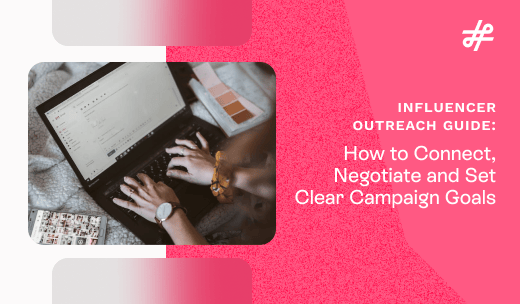
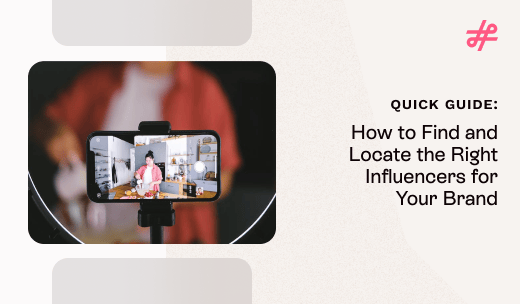





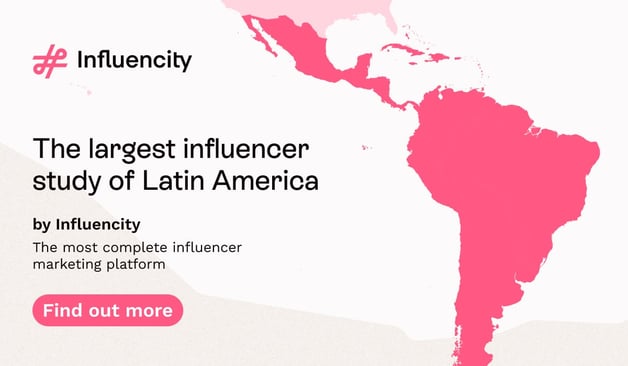


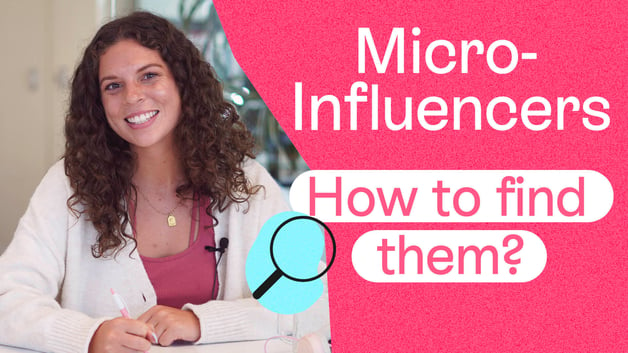


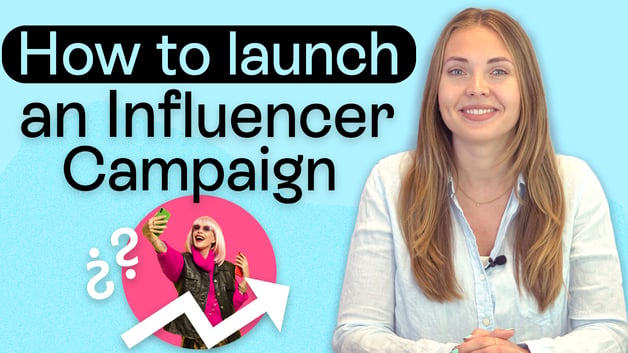

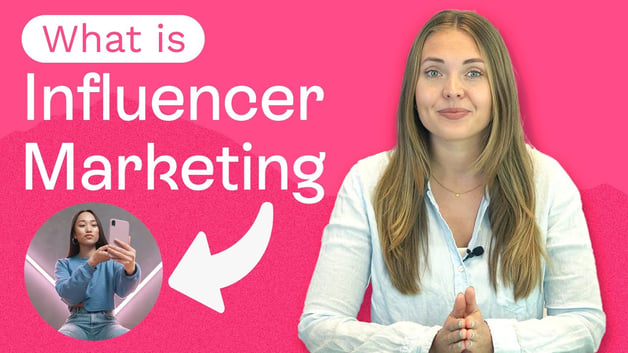

%20and%20How%20Can%20They%20Benefit%20Your%20Brand%20article.jpg?length=628&name=What%20Are%20Key%20Opinion%20Leaders%20(KOL)%20and%20How%20Can%20They%20Benefit%20Your%20Brand%20article.jpg)
